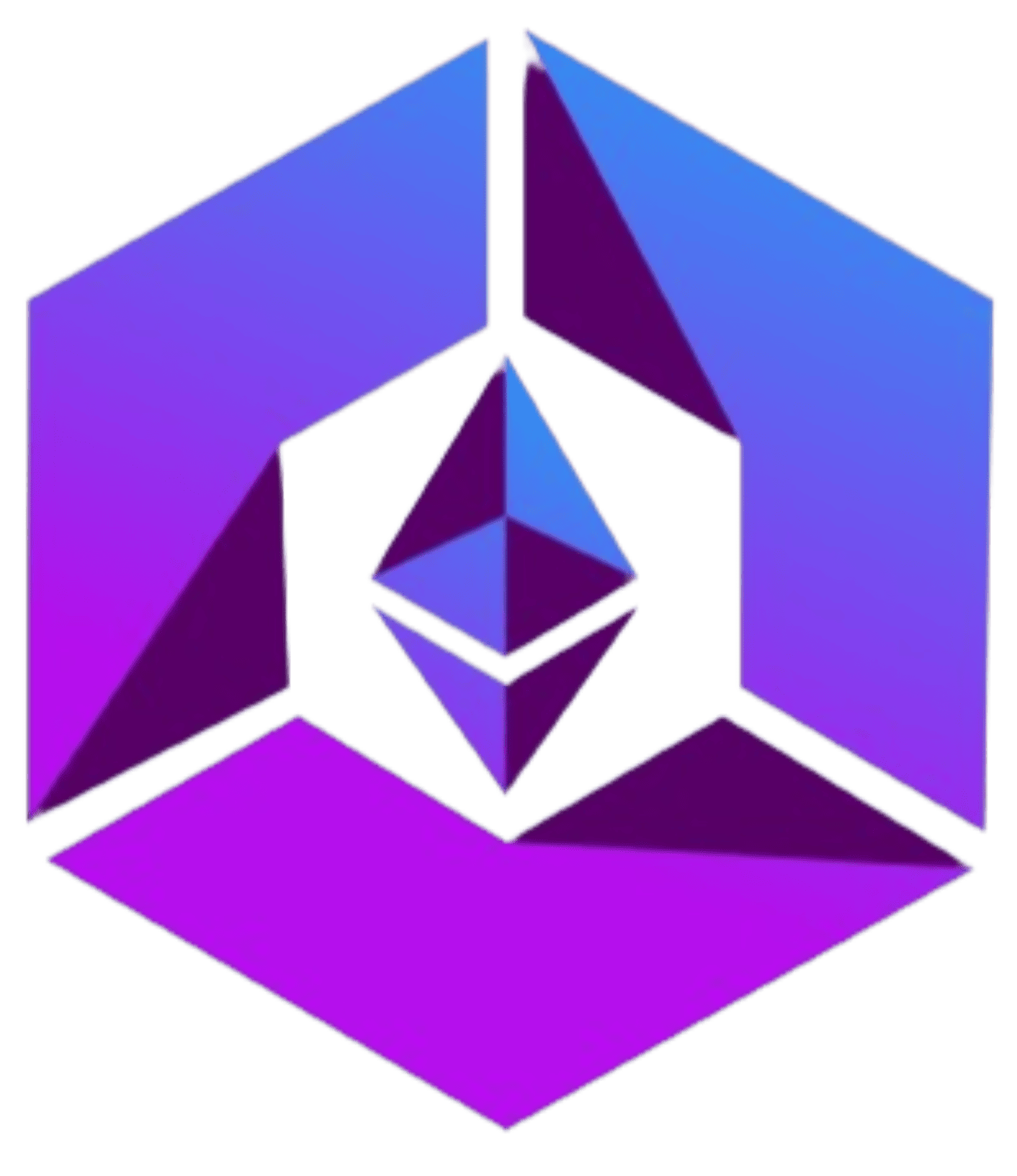Rise of Edge Computing
Edge computing is revolutionizing the way we process data in 2025 by moving computation closer to the data source. Unlike traditional cloud models that rely on distant centralized servers, edge computing enables real-time processing at the device or local node level. This significantly reduces latency, enhances performance, and empowers time-sensitive applications that simply cannot wait for data to travel to and from the cloud.
Industries like autonomous vehicles, smart factories, telemedicine, and smart cities now depend on edge computing for instant decision-making. Self-driving cars, for example, process vast amounts of sensor data in milliseconds to ensure safety on the road. In manufacturing, edge-powered robotics can adjust to dynamic production conditions in real time. Medical devices in telemedicine rely on ultra-fast data processing to support remote diagnostics and critical care.
The rise of 5G networks and the explosive growth of IoT devices have accelerated the edge computing movement. These technologies make it possible to deploy thousands of interconnected sensors and smart solutions with ultra-low latency and near-instant communication. From smart homes to industrial automation, edge computing combined with 5G is creating a hyper-connected world where responsiveness is paramount.
Beyond speed, edge computing also improves data privacy and security. Sensitive information can now be processed locally at the edge without needing to transmit everything to the cloud, reducing exposure to potential breaches during transmission. This local-first approach is especially critical for sectors like healthcare, finance, and autonomous systems where data integrity and privacy are non-negotiable.
As we move deeper into 2025, edge computing is becoming the backbone of modern digital infrastructure. Businesses that leverage edge architectures are achieving faster response times, improved scalability, and more secure systems. Developers are now integrating AI at the edge, enabling smart devices to make real-time decisions without constant cloud dependency. The future of data processing is decentralized, intelligent, and closer than ever to where it’s actually needed.
📢 Final Thoughts
Edge computing is not just a trend—it’s a core component of the digital transformation happening right now. Companies embracing edge-first strategies are building faster, smarter, and safer solutions that are defining the next generation of technology.










